The climate during the winter months in the United States can wreak havoc on your grass. It can cause the grass in your yard to turn yellow, grow patchy, or even die completely. However, this does not mean that you cannot begin making preparations for new growth! Let’s take a closer look and find out how cold is too cold to plant grass seed.
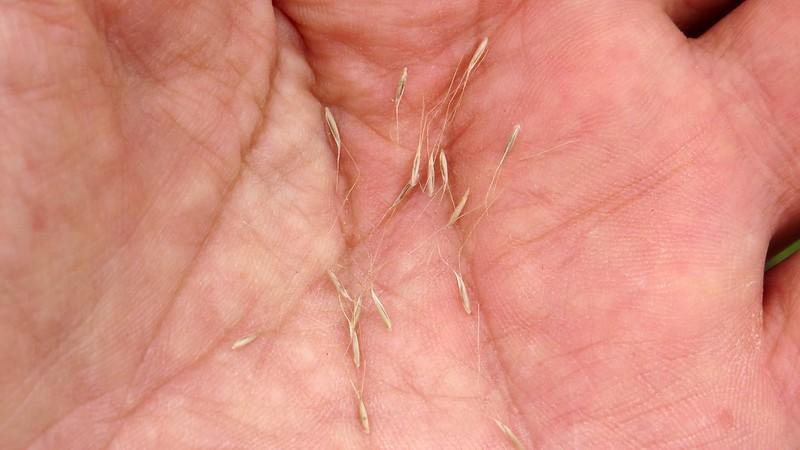
Extremely low or cold temperatures can slow grass seed germination or even kill grass seed.
Following winters, perhaps you have winter lawn damage that needs to be repaired, or you just want to overseed your lawn with warm-season grass in preparation for the coming summer.
When faced with such a situation, you might find yourself asking the question: how cold is too cold to put grass seed down?
Like every seed, grass seed needs the appropriate conditions for germination, with warmth and moisture being the two most important factors. The ideal soil temperature for grass seed germination is 9 to 12 degrees C.
So, it may become too cold for grass seeds to thrive if the soil temperature falls below 9 degrees C. Also, if there is still a chance of frost outside, it is definitely too cold to put grass seed down.
Keep reading to learn more about the right temperature and conditions to sow grass seeds.
Can I Plant Grass Seeds When It Is Cold?

Since grass seed needs warmth to germinate, it cannot grow in cold soil.
Grass seeding requires precise timing because it is a very delicate task. If the temperature is too low, the seeds will not germinate properly or go dormant until the next growing season. It is because grass seeds like somewhat warm conditions to germinate.
Therefore, when you plant grass seed, it’s a good idea to consider both the soil and air temperature since both hot and cold weather hampers seed growth.
The difficulty with sowing grass seed in the winter is that there is a good chance that it may rot or be washed away by the heavy rains that come in the spring. And if it does germinate and then dies from frost, you can kiss your seed money goodbye.
Even though you can plant grass seed after a lot of rain, there may be too much moisture in the soil, which could stunt its growth.
Related: Top Reasons Why Your Grass Seeds Are Not Growing (and What To Do About It)
The Best Time To Seed/Overseed A Lawn
Grass seeds are expensive, and planting them takes a lot of work. It is, therefore, preferable to plan ahead of time and ensure that you are doing things at the right time of year.
So, before sowing grass seed, check the weather prediction and consider the soil and air temperature. This is important whether you are just coping with barren patches on your lawn or beginning from scratch and planting an entire yard.
So, what is the best time of year to sow grass seed?
When you should overseed or seed your lawn depends on where you live as well as the kind of grass you want to cultivate in your yard.
Best Temperature & Time To Plant Warm-Season Grasses
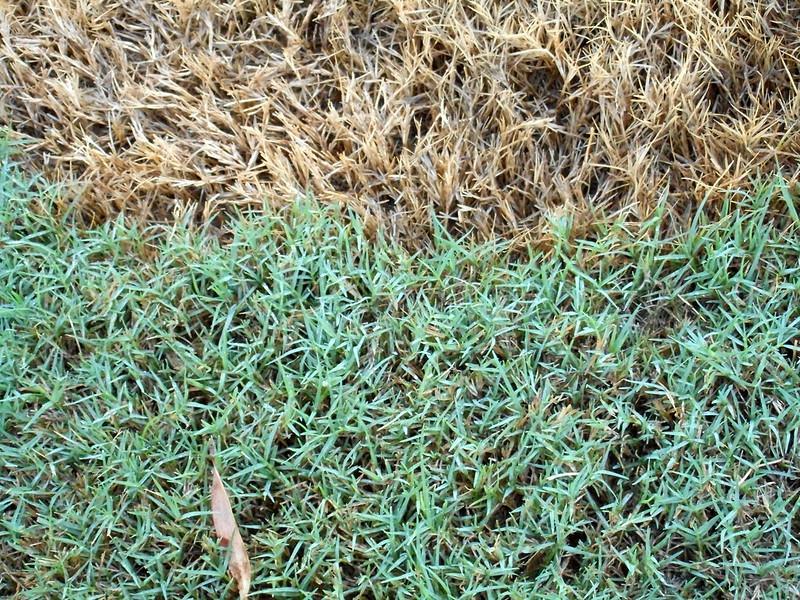
The best time to plant Bermuda grass is in late April, after the risk of frost is gone & daily temperatures are in the 80s.
Growers of warm-season grass in the South and Southwest sow their seeds in the spring when the air temperatures at night are just a little higher than 65 degrees Fahrenheit. This gets them excellent results as the weather becomes warmer.
In contrast, growers of cool-season grass in warm-season or transition zones store their seed until the fall. This trick sets them up for success when the warmer weather arrives.
Best Temperature & Time To Plant Cool-Season Grasses

A cool-season grass is best planted in early fall when the temperature is around 50°F and 65°F.
Cool season grass seed provides a year-round brilliant green lawn, so it pays to get the timing right the first time, when reseeding and when trying to fix bare patches on your lawn.
Seeds of cool-season grass require a soil temperature of at least 50 degrees Fahrenheit but no higher than 65 degrees. The month of September is typically recommended for planting cool-season grasses.
If you wait until September to plant your cool-season grass, you will provide the seeds with the required time to germinate in the warm soil.
When the grass begins to grow, there will also be a slight decrease in the average temperature of the air. Many plants, including weeds, will become dormant at this time of year, allowing your lawn an even more fantastic opportunity to thrive.
Related: What is the Best Temperature to Plant Grass Seed? A Comprehensive Guide
Dormant Seeding
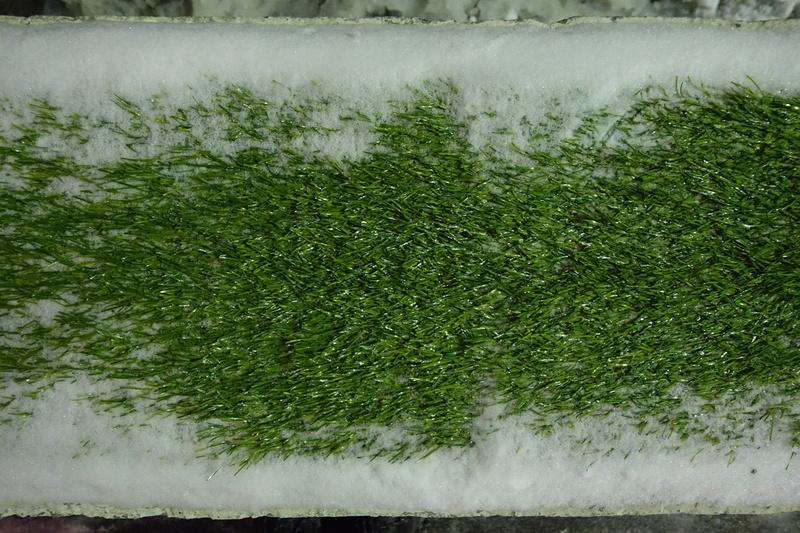
Lawn overseeding in the late fall and winter is referred to as dormant seeding.
Earlier, we went through how a soil temperature of less than 9 degrees was insufficient for most grass seeds to germinate and thrive. However, it is still possible to plant in extremely cold temperatures. This process is referred to as dormant seeding.
In dormant seeding, you sow your grass seeds after the typical growing season has ended. When the time comes, and the conditions are just right, the seeds will be able to germinate and grow into tender young grass plants.
You could go this route if you don’t want to wait until spring for the ground to defrost to the point where it’s ready for planting, and you want to get started right away.
When the temperatures are low, and you plant your seed, there will be less of a requirement for preventative measures against weeds and diseases.
Additionally, studies show that dormant seeding might result in the development of grass plants up to 15 days earlier than spring sowing.
How To Plant Grass Seed In Cold Weather?
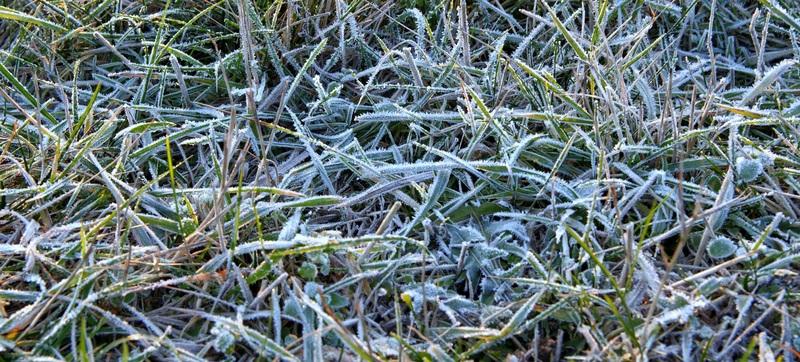
If you want to plant grass seed in winter, make sure that you choose a winter hardy grass species.
As we have seen in this article, it is possible to plant grass seeds even during winter. And if you have decided that planting grass seed in the winter is a viable option for you, the following steps should help you achieve the best possible results:
Prepare The Soil
Using the same methods, you would use at other times of the year, rake and level the soil on your lawn or in the area where you plan to plant grass seed. If the ground is particularly wet, spread a layer of topsoil over it and then aerate it properly.
Select A Grass Seed
There are some types of grass seed that are more suited for planting in the winter than others. Examples of grasses that do particularly well in cold conditions are Kentucky Bluegrass, Perennial Ryegrass, Chewings Red Fescue, Creeping Bentgrass, and Annual Meadow Grass. More about these grass species at the end!
Plant The Grass Seeds
Spread the seeds out evenly and check to see that they are making excellent contact with the soil. This can be accomplished by rolling or walking on the grass seeds after they have been scattered on the ground or surface of the lawn.
Water The Seeds
If the soil is not already moist, you should give the area a good soaking with water. The soil should stay moist during the winter, negating the need for additional irrigation.
Related: What Is The Best Grass Seed For Overseeding A Lawn? Our Top 10 Picks
How To Test Soil Temperature?
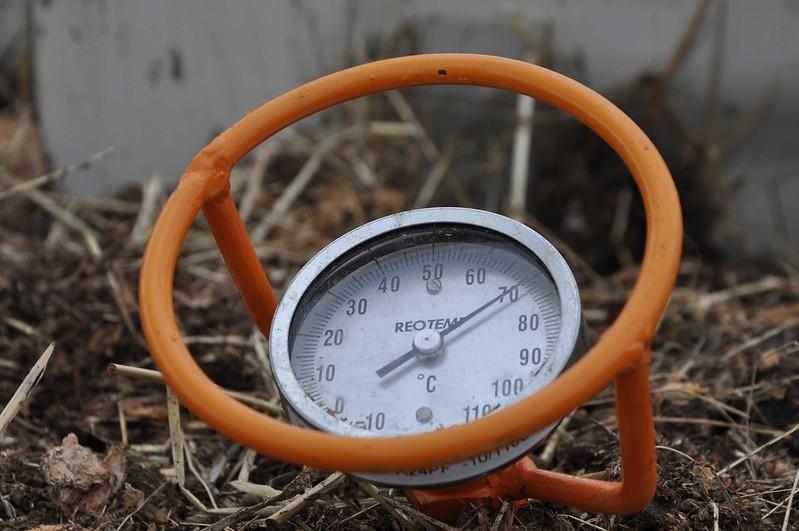
When measuring temperature, ensure your soil thermometer is making good contact with the soil.
You will need to invest in a soil thermometer if you do not already own one.
Don’t worry about busting your budget, though, because you should be able to get one of these nearby for a fairly reasonable price.
Nevertheless, here is how you can check soil temperature.
- Determine the planting depth recommended for your seed (it is usually around 1/5 of an inch or so), and then take the temperature of the soil at that depth.
- Use a screwdriver to create a small hole in the ground as a starting point. This will assist keep your soil thermometer from breaking when you plunge it into the soil.
- Check that your soil thermometer makes good contact with the ground before using it. Poor soil contact renders your effort ineffective. Then, allow some time for the temperature to be accurately recorded.
- Protect the thermometer from direct sunlight. The temperature reading may be affected if the sun is shining brightly outside.
Can Grass Seed Survive Cold Temperatures?
Extreme cold will not kill grass seed, but alternating hot-and-cold temperatures can.
This is because the freeze-thaw cycle encourages the growth of mold and moisture, both of which are detrimental to grass seeds. When you are planning the grass seeding for your lawn, keep these guidelines in mind:
- If you want to plant grass seeds in the fall, you should do so at least six weeks before the typical first frost of the season.
- Planting cool-season grass seed in the fall, when temperatures have first dropped to 75 degrees Fahrenheit (24 degrees Celsius), is ideal.
- Plant seed for warm-season grass in the spring, when daytime temperatures first reach 80 degrees Fahrenheit (27 degrees Celsius).
- Nighttime frosts pose a significant threat to young grass seedlings that have just recently begun to emerge.
- Temperatures below freezing are tolerable for grass seed that has not germinated.
Best Grasses That Grow In Winter
Grass species can be divided into two categories: those that thrive in warm-season or those that thrive in cool-season environments. Planting time for cool-season grasses usually takes place in the fall and the beginning of winter.
In this portion of the blog post, we are going to discuss some of the grass species that are the most adapted to survive the winter.
1. Annual Meadow Grass
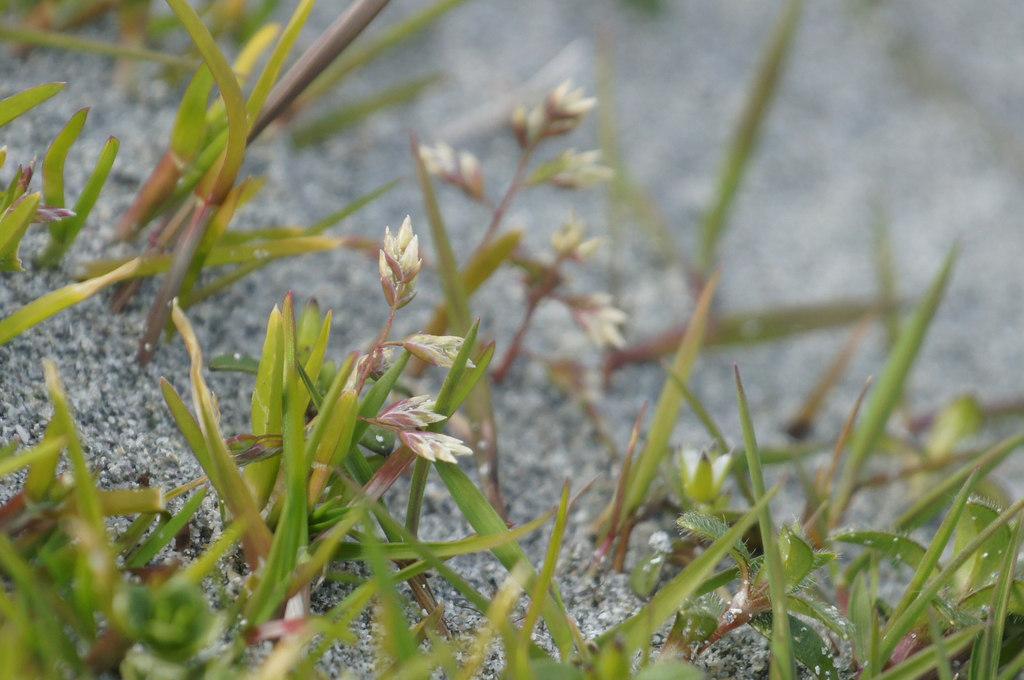
Annual meadow-grass is a light green, low-growing turfgrass species.
The winter-hardy annual meadow-grass is a widespread grass species. However, it can also be categorized as a biennial or even as a perennial grass with shallow roots.
The grass can grow in various environments, including lawns, trackways, meadows, and gardens. Since Annual Meadow Grass can withstand a lot of trampling, it is an excellent choice for grass to plant in your yard if you have children.
This species is highly susceptible to drought and prefers cooler temperatures and more shaded environments, making the winter months the ideal time to grow it. However, annual meadow grass tends to die off in places with acidic soil or low phosphate levels.
2. Creeping Bentgrass

Creeping Bentgrass is a cool-season grass primarily used in tennis facilities and golf course putting greens.
Creeping Bentgrass belongs to the perennial cool-season bentgrasses. It, like other bentgrasses, is often used on tennis lawns and golf courses.
This is because its natural state is to form a smooth, thick mat, which lends itself well to applications such as golfing grounds.
The tolerance of creeping Bentgrass to cold temperatures is very high.
Additionally, it is resistant to the effects of suffocation when frozen for an extended period. However, Creeping Bentgrass, unfortunately, is quite susceptible to snow molds.
3. Chewings Red Fescue
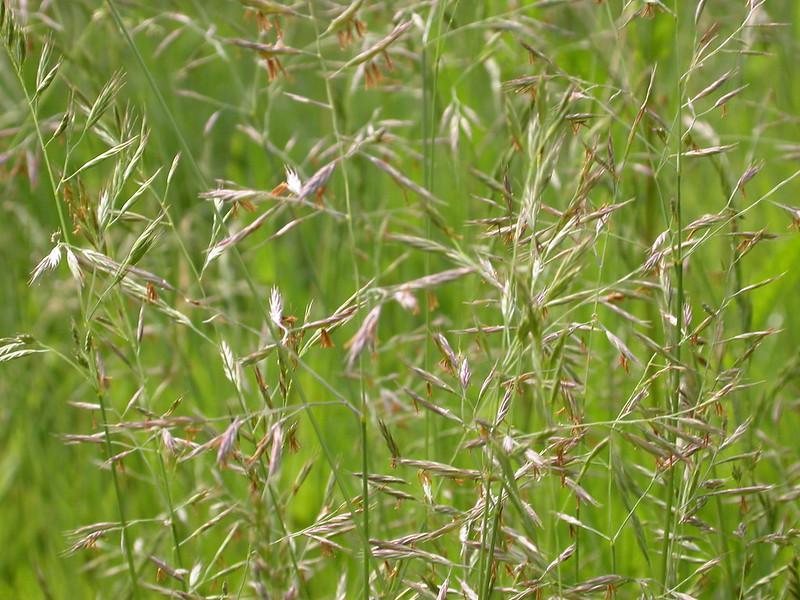
In comparison to other types of fine fescue, Chewings fescue can tolerate lower mowing heights better.
This grass has very fine leaves and is tufted. It is not uncommon for it to keep its dark green color throughout most of the winter season. One key distinction between it and creeping red fescue grass is that it does not produce creeping rhizomes.
Compared to creeping Bentgrass, this particular species of red fescue is considered superior in its ability to endure prolonged winter. Its outstanding resistance to snow molds is also a primary factor contributing to its leading advantage.
However, even though Chewings fescue has reasonable germination rates, establishing its turf quality takes a long time, typically up to six months.
4. Perennial Ryegrass
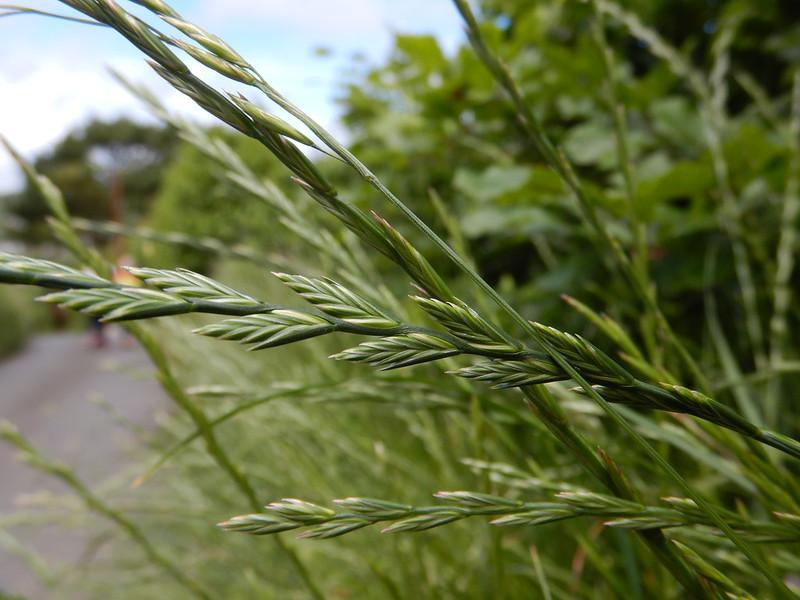
The cool-season perennial ryegrass germinates faster than any other popular lawn grass.
Even though perennial ryegrass isn’t the best grass species to have during the winter, it does well when planted in the last few weeks of winter, right before spring arrives. In other words, it is ideal for replanting greens after winter has ended.
The genetic differences in winter survival among the many ryegrass cultivars are modest.
It will take some time to generate kinds that can be categorized as tolerant of cold conditions and have an adequate level of playing quality.
5. Kentucky Bluegrass
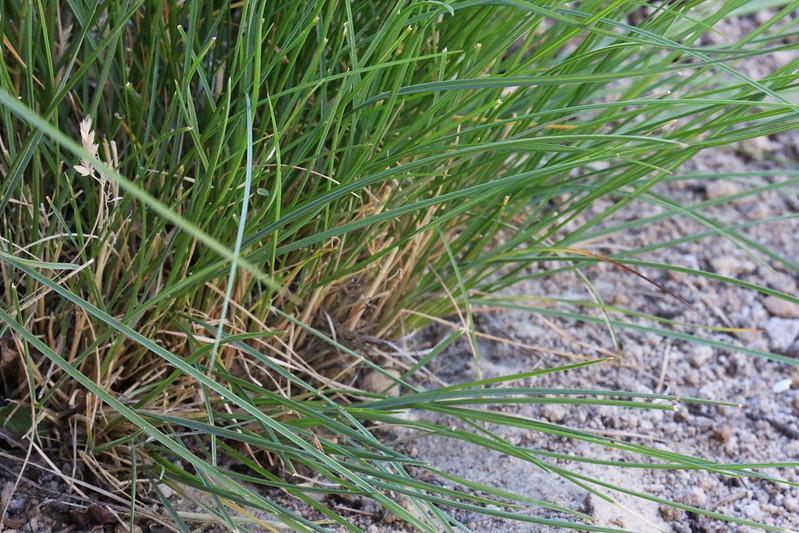
Kentucky bluegrass is a cool-season grass that thrives in the autumn, winter, and spring.
Poa pratensis, more often known as Kentucky bluegrass, is a grass with a fine texture and a dark green color. The winter months are ideal for the growth of this grass species, and while it can tolerate some shade, it does best in full sunlight.
Even though Kentucky Bluegrass creates a sod that is ideal for all-year-round use, it is generally dominant during hot weather. Traditionally, the grass is sown in fall, from September to November, and winter, from December to February.
Frequently Asked Questions
When Should I Plant Grass Seed In Spring?
You should aim to start planting grass seeds in the spring as early as possible, but you shouldn’t begin until daytime temperatures are between 60 and 75 degrees Fahrenheit.
This air temperature range roughly correlates to the ideal soil temperatures for cool-season grass seed germination.
Which Month Is Best For Planting Grass Seed?
For the highest likelihood of success, sow cool-season grass seed during the end of summer or the beginning of fall, when daily temperatures have dropped to between 60 and 75 degrees. Although September is usually the best month, you may be able to seed as early as mid-August or as late as mid-October.
At What Temperature Grass Will No Longer Grow?
New grass shoots will continue to emerge if the temperature is high enough. In most cases, the cutoff threshold is reached when the daytime temperature falls below 50 degrees Fahrenheit. It is usually around the end of October or the beginning of November. However, in some warmer regions, that period could be pushed out to the beginning of December.
Sources for Further Reading
Cool-Season Grass Seed Production – Purdue University Extension Service
Finding the right grass seed – University of Minnesota Extension Service
Don’t seed a cool season lawn in the summer – University of Illinois Extension Service
Editor’s Recommendations
Water Trough Gardening: Is It The Right Choice For You? A Comprehensive Guide
How To Properly Water New Sod? Tips & Tricks From The Experts | A Comprehensive Guide
Do Brand New Lawn Mower Blades Need To Be Sharpened? A Beginner’s Guide







